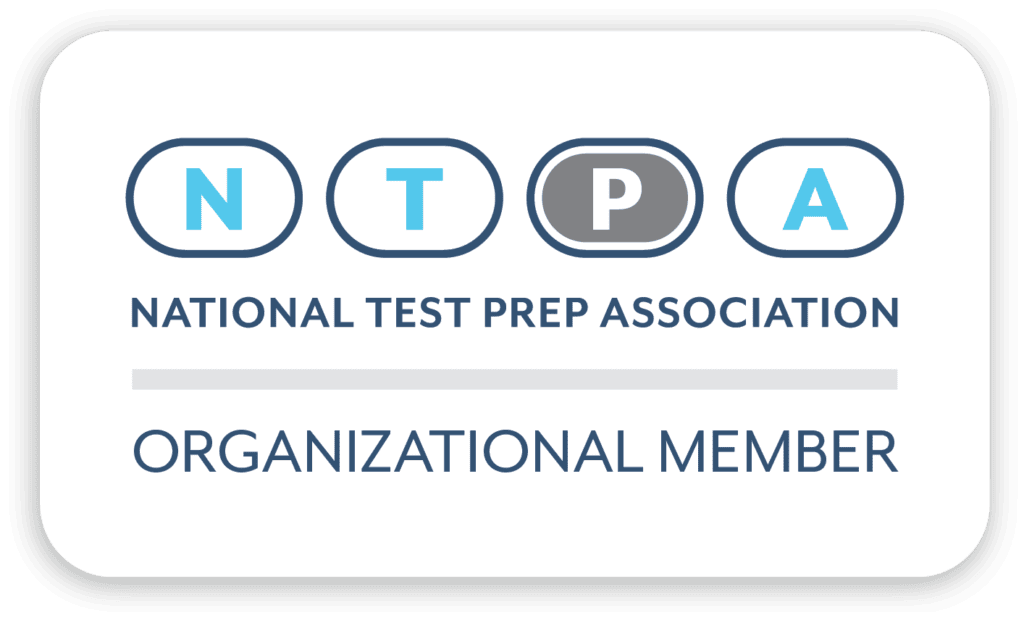The SAT presents a classic challenge: you must do something that is difficult, but you must do it quickly. This presents a challenge for many students as they try to balance the desire for quality with the imperative of speed, and this time pressure can cause any of us to make errors that we probably wouldn’t if we could work at a leisurely pace.
While you will each follow a different path to mastering the timing of the SAT, there are seven principles that, when applied, will help you navigate the time limit in each section of the SAT.
First, get used to getting the questions right
In order to become very good at something, we have to start by doing it slowly and carefully. When you begin preparing for the SAT, don’t start doing timed sections right off the bat. go slowly. Take the time you need to really understand the questions and think about the answer choices. With conscientious practice you will learn to recognize the patterns in question-types and content areas. You will then be ready to add in the element of timing. Learn to answer the questions correctly before you try to answer the questions quickly.
Know where you stand
Once you have gotten to know the test and are comfortable answering questions, you should determine how long it takes you to complete each section when you work at a comfortable pace. This feedback will tell you whether or not timing is something that you need to be working on, and it will help you to begin to set reasonable expectations for making progress with pacing.
Think about the whole
The SAT allows 13 minutes per passage in Reading, 8 minutes and 45 seconds per passage in Writing, and between a minute and 15 seconds and a minute and 27 seconds in Math, depending on the section (note: these numbers apply to standard time testing; information about extended time testing can be found here). These are good averages to know, but these are not the numbers you should be focusing on.
The 65 minute time limit in Reading is not intended to tell us that each passage should take 13 minutes; it is telling us that all of the passages together should take 65 minutes. This is an important distinction, because some passages may only take us 11 minutes while others take 15. The same goes for math, where some questions may take you less than 30 seconds while others take upwards of two minutes. While timed practice is beneficial, we must let go of the notion that each passage or question should take the same amount of time. When you time individual passages, it is good to know how long they took, but you should really be asking what all of the passages would add up to.
Know your splits
Knowing your splits is a little different on each section of the SAT:
In Reading, you should be keeping track of how long a passage takes you, but it is also helpful to keep track of how long you spend reading the passage and how long you spend answering the questions. This can help you to determine how your time is actually being spent and then make adjustments that improve your efficiency. Many students spend too long reading the passage itself. Remember, it doesn’t matter how well you understand the passage if you don’t take the time to understand exactly what the question is asking and then carefully compare your answers against specific evidence from the text. A ratio of approximately 1:3 for time spent reading to time spent answering works well for many students, but you’ll need to practice to determine what’s best for you.
In Writing, many students find that they are comfortable with the time, and the biggest challenge is slowing down to read around for context when answering each question. Timing your splits here is really a matter of managing your pacing so that you are keeping close to an 8 minute and 30 second pace per passage (while recognizing that some passages will take longer than others). If you are finishing this section with extra time, you have the opportunity to slow down and be more meticulous, especially for questions that are about rhetoric rather than grammar.
In Math, managing your splits is a matter of knowing how far you get in half the time. Because the questions get harder as they go, you ideally want to be more than halfway through each section when half of your time has passed. For example, in Section 3 you have 55 minutes to answer 38 questions, but by the time 22.5 minutes have passed you will hopefully be slightly further along that question 19 so that you have more time at the end for the difficult questions that may take a little longer. There’s no ‘right’ pacing for math, but simply paying attention to your progress at the halfway point of each section is a good way to ensure that you maintain a swift pace. Remember that the first few ‘grid-in’ questions tend to be easier, so be sure to get these done if you find yourself running low on time.
Manage the clock so that it doesn’t manage you
When you start adding time to your practice, it’s easy for the time to then take over, often compromising the quality of our work. Think about what happens when you check the clock: first, you turn your attention away from the task at hand; second, you engage in some light mental math to figure out how much time you have left in the section based on the clock; third, you have some sort of psychological and emotional reaction to this information, and usually that reaction creates some degree of stress or anxiety. Then, after all that, you have to try to focus back on the work at hand while still feeling activated by the reality of your limited time slipping away.
So, how do we combat this? First, be in charge. Decide in advance when exactly you will check the time and stick to this plan. Here’s a plan that works well for many students:
- In Reading, check the time after each passage; Also check after you read the last passage so you know how much time you have for the questions.
- In Writing, check the time after each passage.
- In Math without a calculator, check the time after questions 10 and 13
- In Math with a calculator, check the time after questions 18 and 26
Your proctor should also be giving you a five minute warning, which will help you manage your pace in the home stretch.
The other important step for managing the clock is to wear a digital watch that allows us to better see how much time we have left. Tools such as Testing Timer watches are great for simplifying time-keeping and ensuring that you won’t be affected if the proctor makes a mistake in their timing.
Learn to run out of time with grace
You might find that you consistently run out of time in a certain section. If that’s the case, it is important to develop a plan that ensures that we are strategic when we are low on time, maximizing our correct answers and avoiding inefficient work in the final minutes of our test. What will you do if the proctor calls the five minute warning and you haven’t started reading the last passage in Reading or answering the grid-in questions in Math? In both cases, it is important to be selective about which questions you answer. In Reading, focus on questions that reference specific lines or paragraphs so that you don’t have to waste time searching; in Math, look for questions that are based on familiar content rather than fighting with unfamiliar or wordy questions.
Practice time-restricted sections
If you are feeling comfortable with the timing of the SAT, try practicing with slightly time-restricted sections. Do the Reading in 62 minutes, try the Math no calculator section in 23 minutes. Don’t make a dramatic change to the timing, but if you find that you can complete a section with even less time while maintaining your accuracy, you have now built in a little bit of a cushion that allows you to make a mistake – and recover from it – on test day. When you practice with restricted time, you also have the opportunity to put your ‘running out of time with grace’ skills to the test. If we have practiced sticking to our plan as we run out of time, we will be that much better prepared to stick to it when it really counts.
It is important to remember that you do not have to finish each section within the time limit in order to do well on test day. The quality of your answers is more important than the quantity, and you must avoid the temptation to compromise accuracy for speed. Timing comes with practice, and the principles above are intended to help you make the most of your practice.
For more tips about how to conquer the SAT, develop effective study habits, and achieve your academic goals, visit Open Door Education’s blog. If you have questions, please feel free to contact us by email at [email protected]






